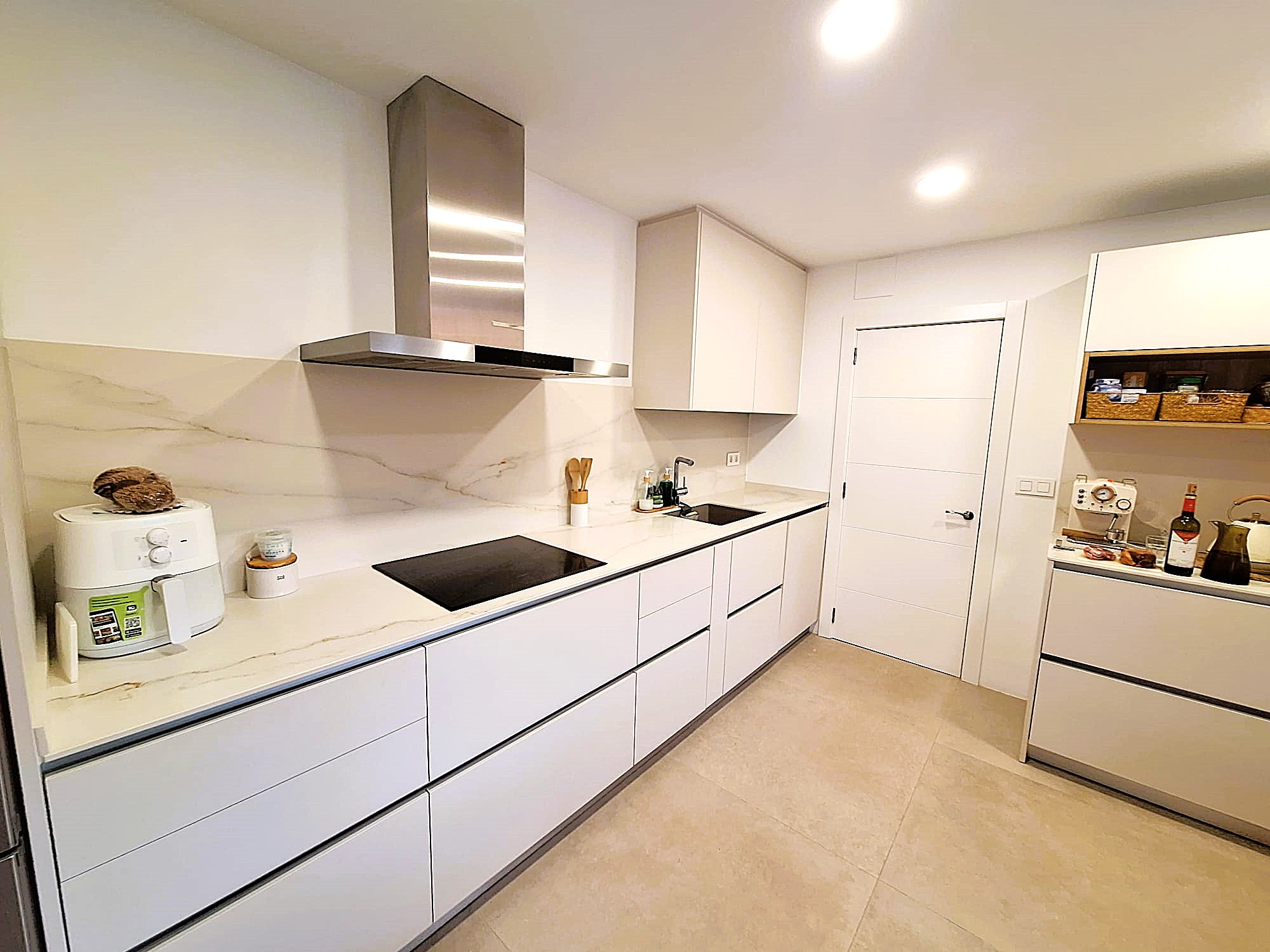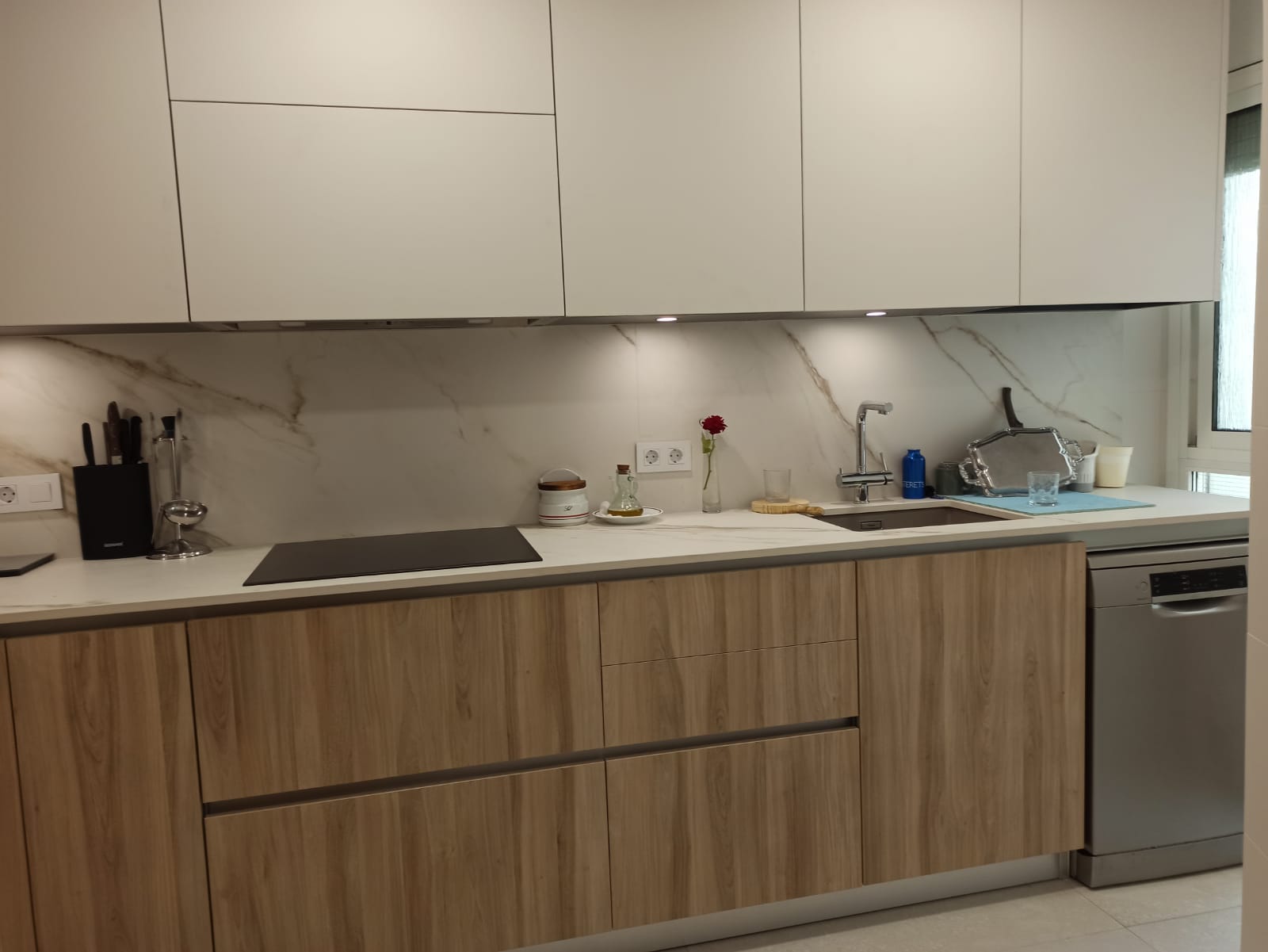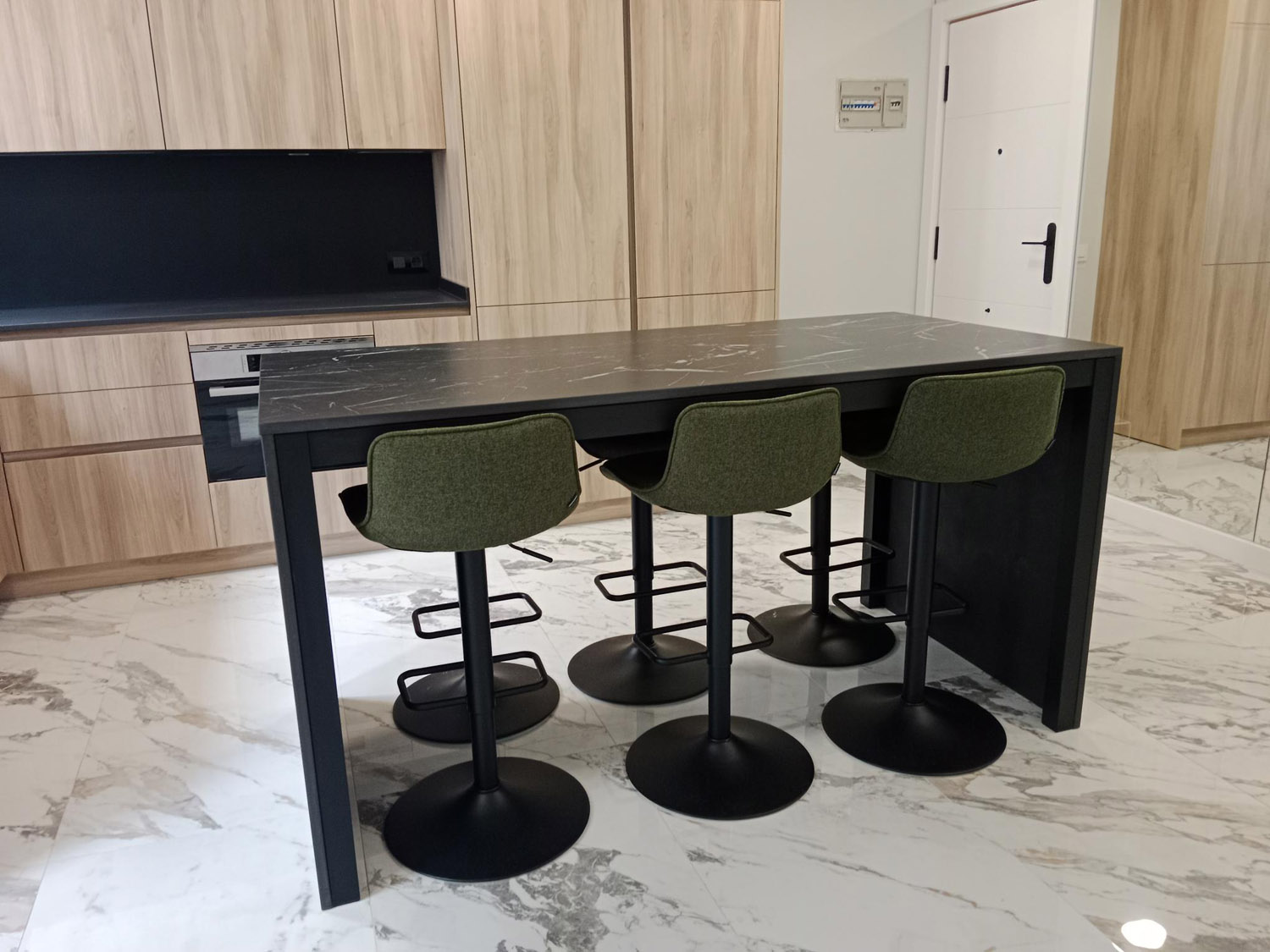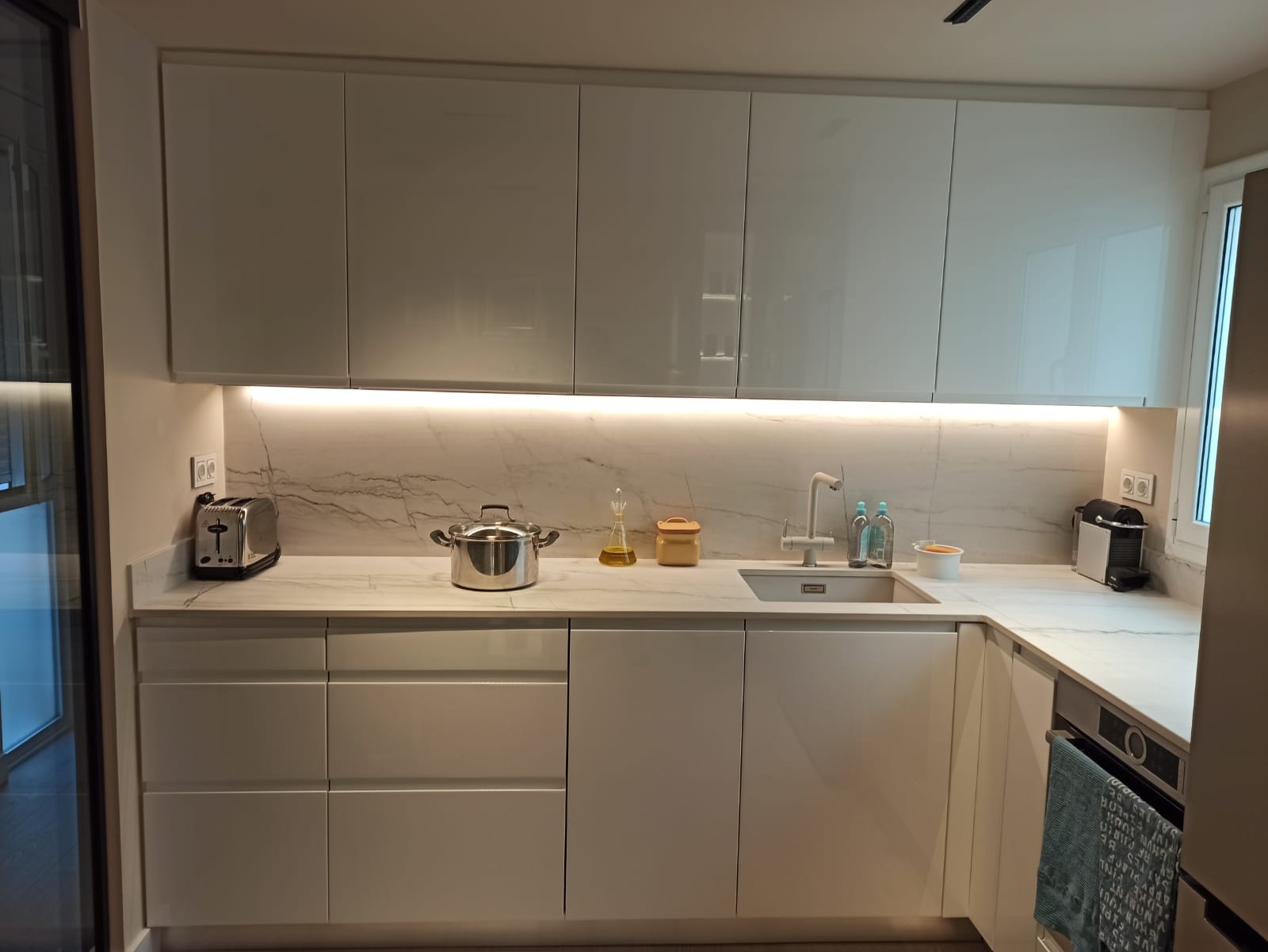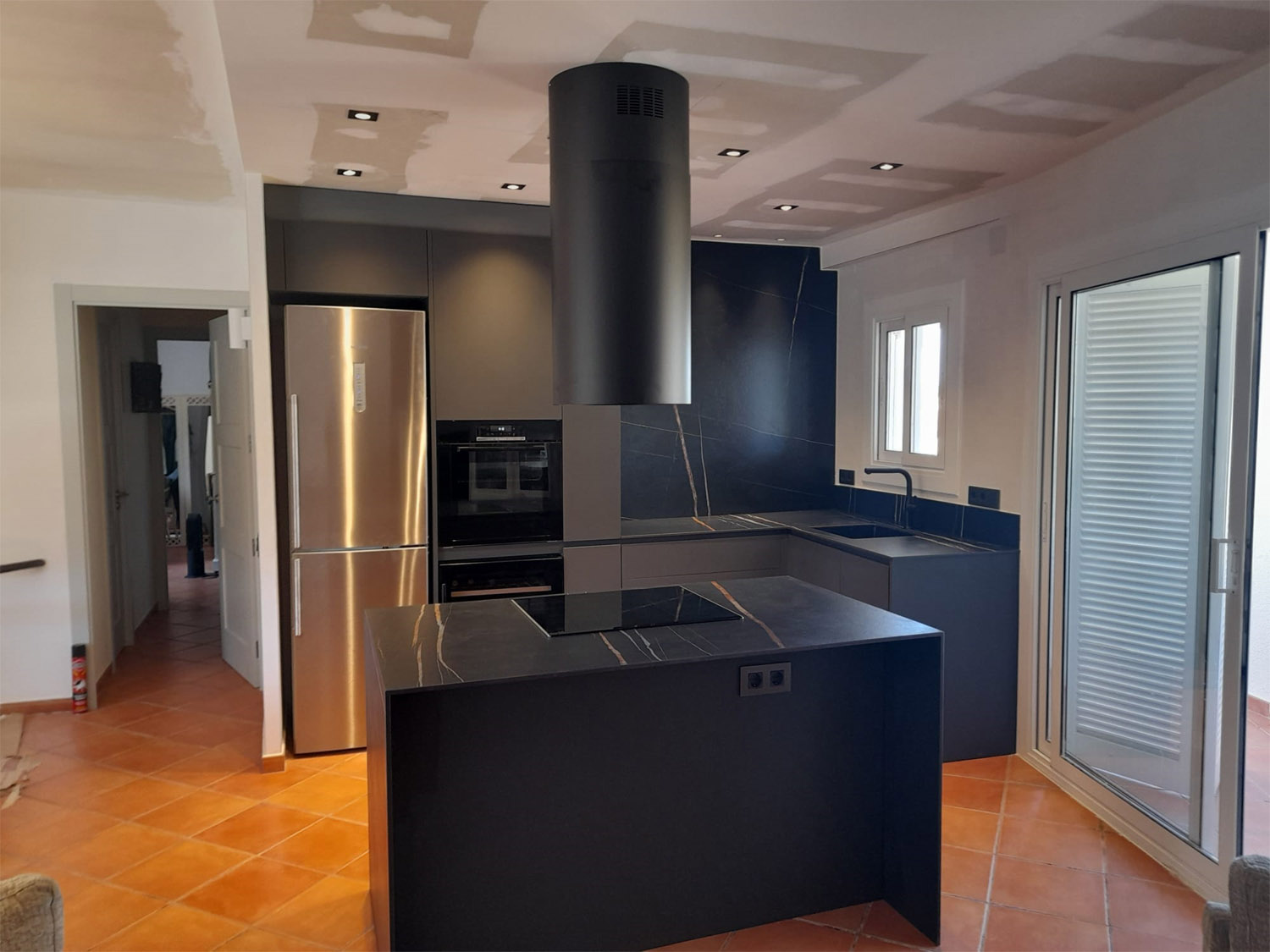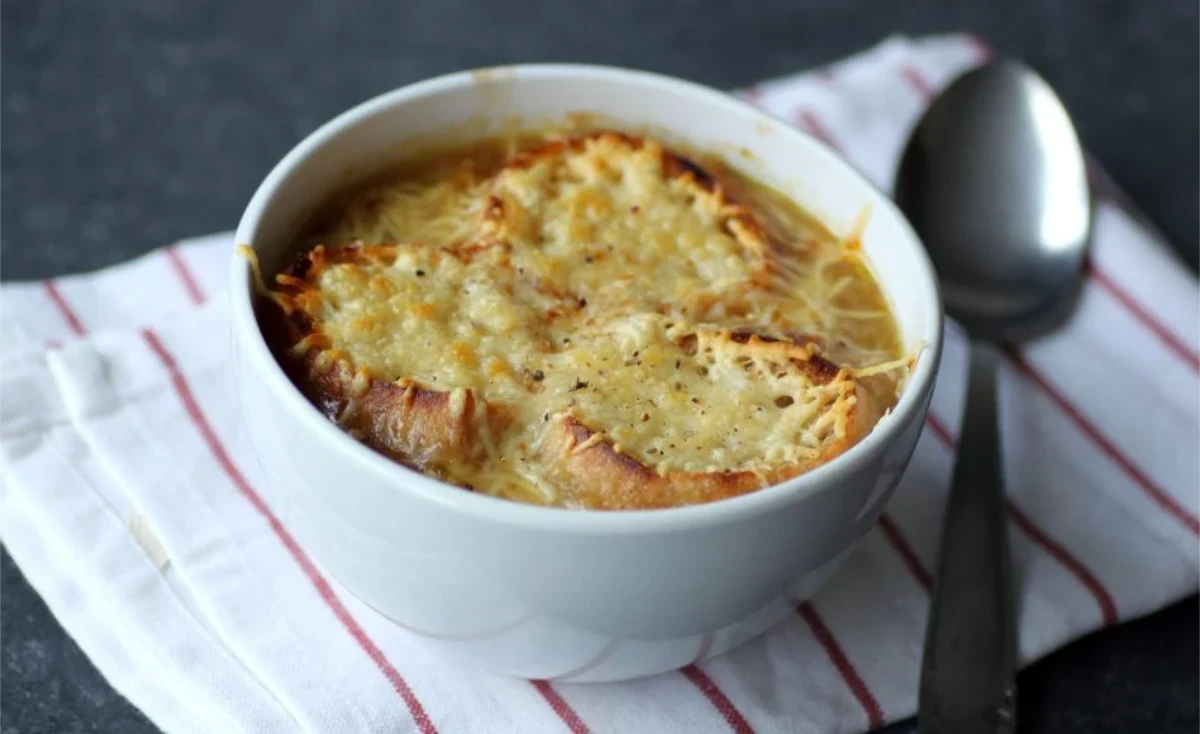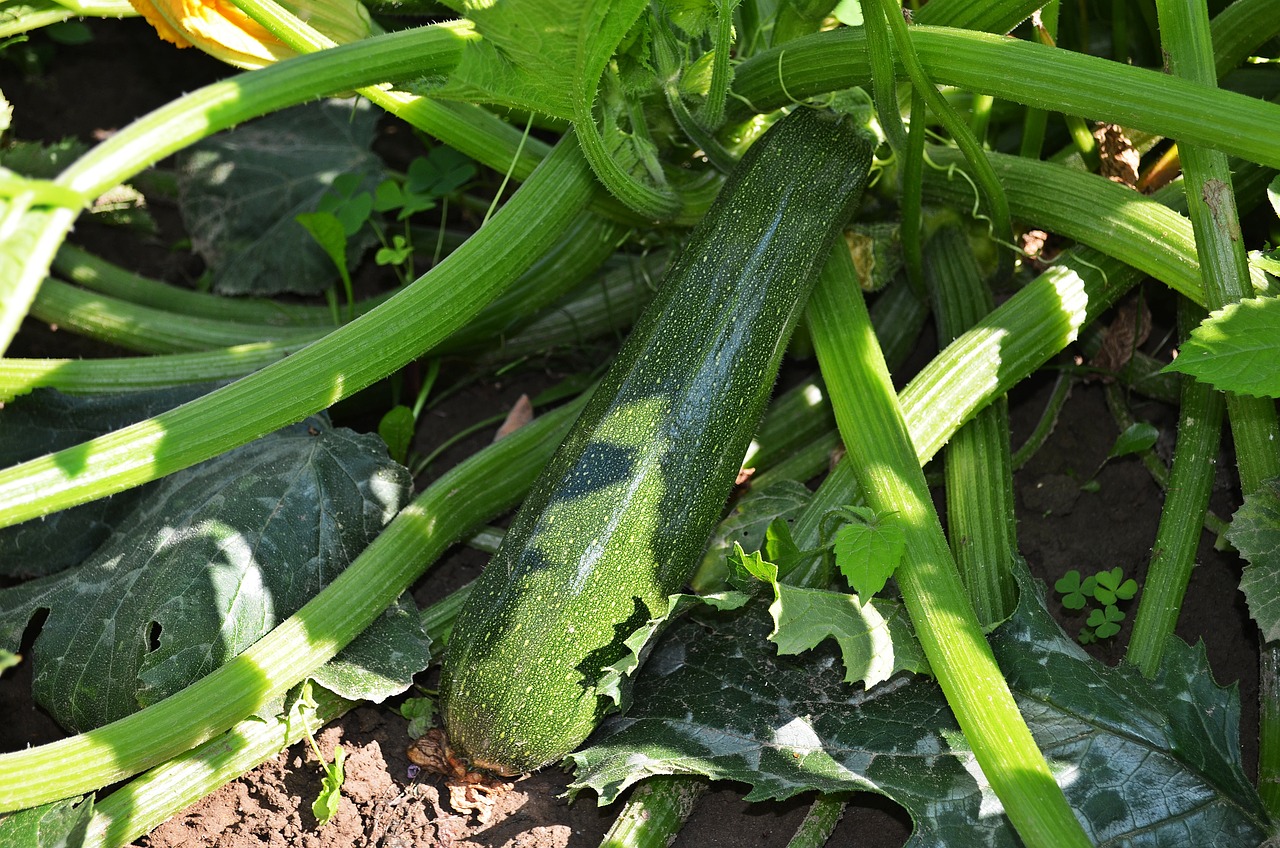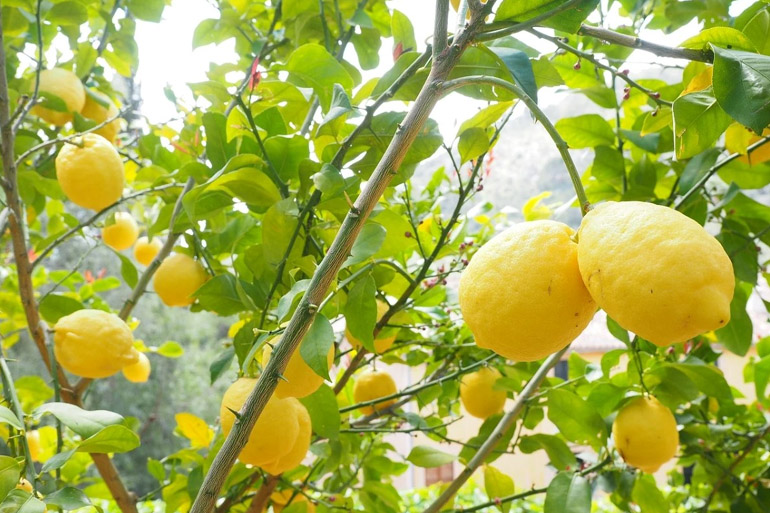![ArchDigest_NeelMorley9819_Gemmola_copy[1]](https://www.studiogatto.es/wp-content/uploads/2024/07/ArchDigest_NeelMorley9819_Gemmola_copy1.jpg)
I learned the hard way when I lived in an apartment without a kitchen. Since I didn’t cook much, I didn’t think much of it at first. But little did I know that living without easy access to a kitchen – even if it’s just to make yourself a coffee and unwind in the mornings – is a big bummer. After leaving that apartment, I set out to find a place where I could really embrace the idea of making my own food. And that’s when I started to see the kitchen as more than just a place to microwave a cup of macaroni and cheese: it’s the heart of the home.
It’s not easy to maintain a kitchen: They get dirty! Things get out of control quickly. But the more time I’ve spent in mine, the more I’ve learned to love it. I’ve started baking cookies and cooking dinner. I’m still living out of rentals, but I fantasize about removing some of the contractor cabinets and painting everything a fun shade of green. Until then, I’ll live vicariously through past kitchen design trends thanks to old catalogs and appliance ads.
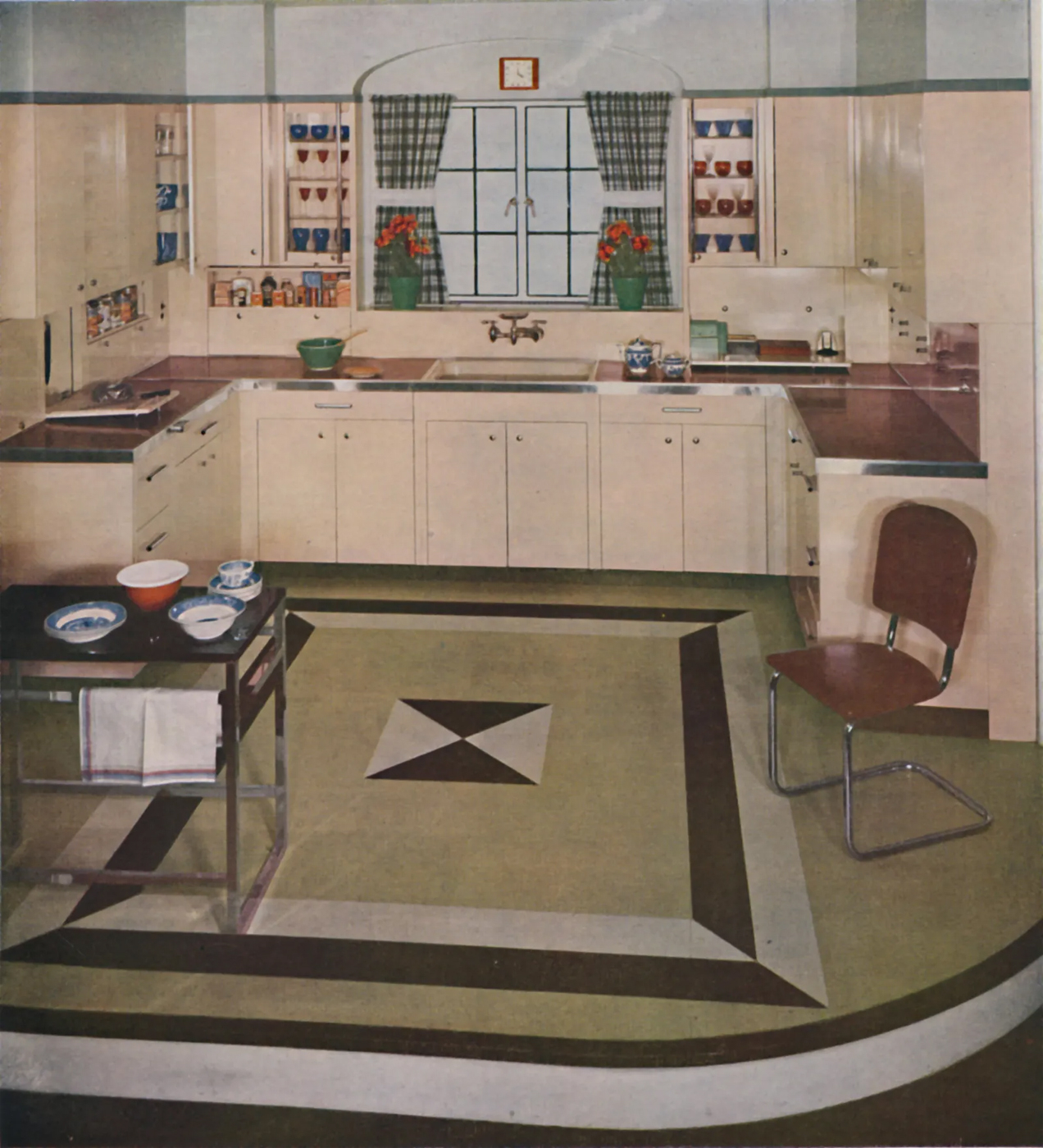
1920s-1930s: Preparing the future
In the 1920s and 1930s, the rounded, effusive and decorative forms of the late Victorian and Edwardian eras began to be abandoned for a more sober and elegant style. Art Deco was the most popular, especially in public buildings such as the skyscrapers of New York. However, in the face of such spectacular design, American homeowners had to find ways to apply Art Deco elements to their homes, which were often much more modest than the Chrysler Building.
One of the most sought-after and beloved components of kitchens of the 1920s and 1930s is the breakfast nook. Breakfast nooks, small corners of the kitchen often with two built-in benches and a table, were the perfect gathering places for families throughout the day, not just in the morning. For a long time, kitchens were considered “women’s terrain,” but gradually attitudes changed. This division of space allowed kitchens to be both a place of work and leisure, rather than just eating in an adjacent dining room.
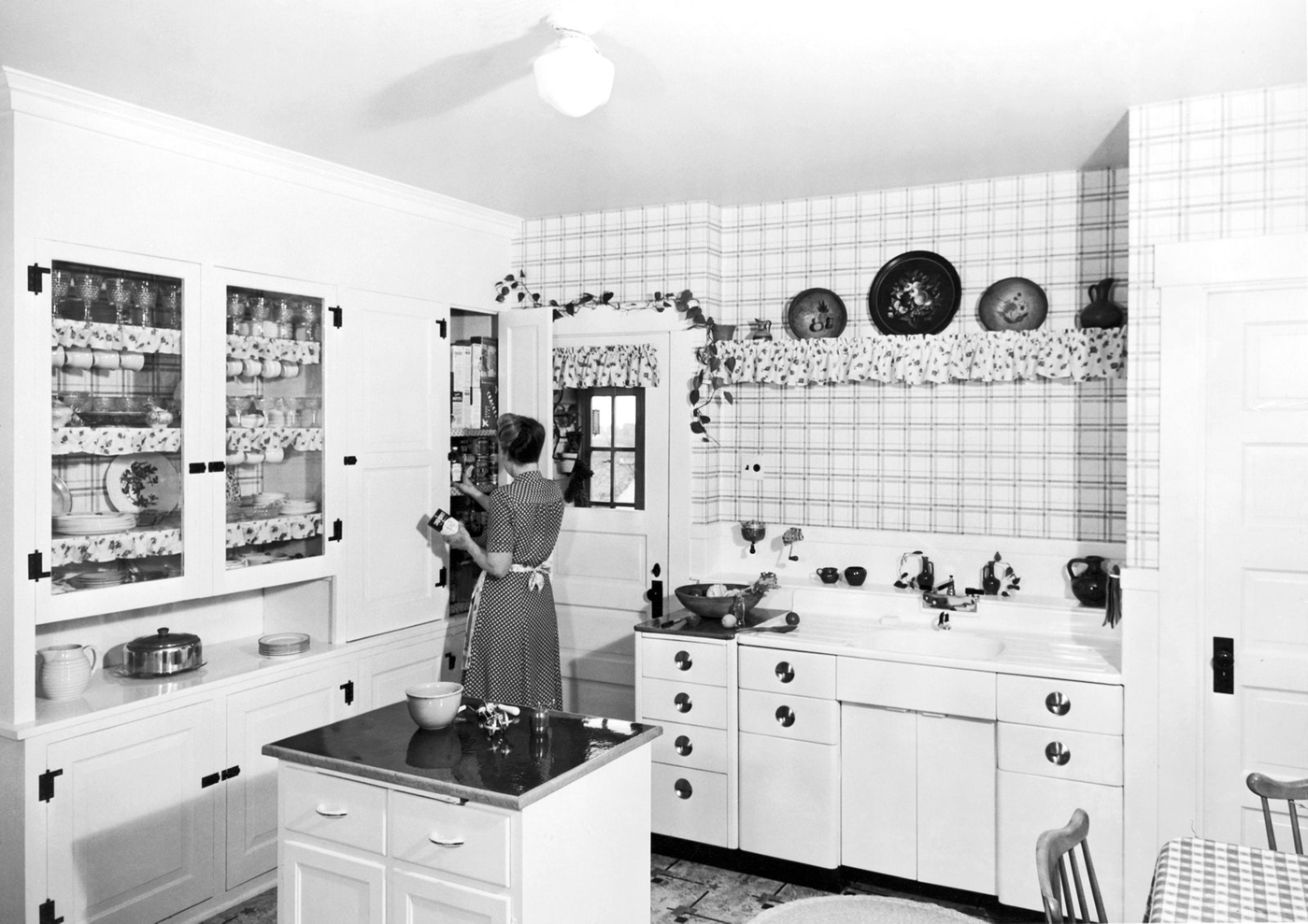
1940s: Simplicity and gentleness
The interiors of the 1940s were sober and minimalist, though no decorative details were spared, such as the gingham-patterned curtains that adorned the window above the sink or the knick-knacks like cookie jars and pottery that filled the built-in shelves. Cherry red, navy blue, butter yellow and kelly green pop against a crisp white background, whether on wallpaper or an embroidered tablecloth.
While the Art Deco movement was progressive and avant-garde, the 1940s took a decidedly more traditional approach. The elegance of tiled walls and floors and new appliances, such as the Monarch electric oven and the rounded, lustrous Gibson refrigerator, remained intact. There was less emphasis on futuristic chrome, and more organic motifs – such as flowers, fruit and roosters – were seen everywhere, from bread bins to floor mats.

1950s-1960s: Innovations of the Atomic Age
Some of the more conservative styles of the 1940s disappeared as families were finally able to “live the American dream.” With the advent of space travel, interiors were flooded with the mid-century style of the Atomic Age, replete with starbursts, boomerangs and exploding patterns of asterisks. We were living in the future, and those motifs were all over mid-century kitchens: blond wood cabinets, Formica countertops and chevron drawer pulls. The latest technology and appliances were back on the cutting edge, not to be stored in cabinets, but to be proudly displayed.
“There are certain things about the midcentury kitchen that are decidedly at odds with current trends, especially the desire to showcase and emphasize technology, which today is avoided as much as possible,” says Sarah Archer, vintage kitchen expert and author of The Midcentury Kitchen: America’s Favorite Room, from Workspace to Dreamscape. “The Space Age kitchen used to be a showcase for gadgets because they were a way for middle-class homeowners to show they were hip.”
The women of the house still had to take care of everything, even preparing the roast for dinner or the aspic for lunch. There was no shame in employing the latest gadgets to prepare a delicious or at least interesting-looking meal. The predominant colors in mid-century kitchens alluded not so subtly to popular family values: robin’s egg blue, baby pink and sunny yellow contrasted with the more “natural” wood of cabinets or exposed beams.
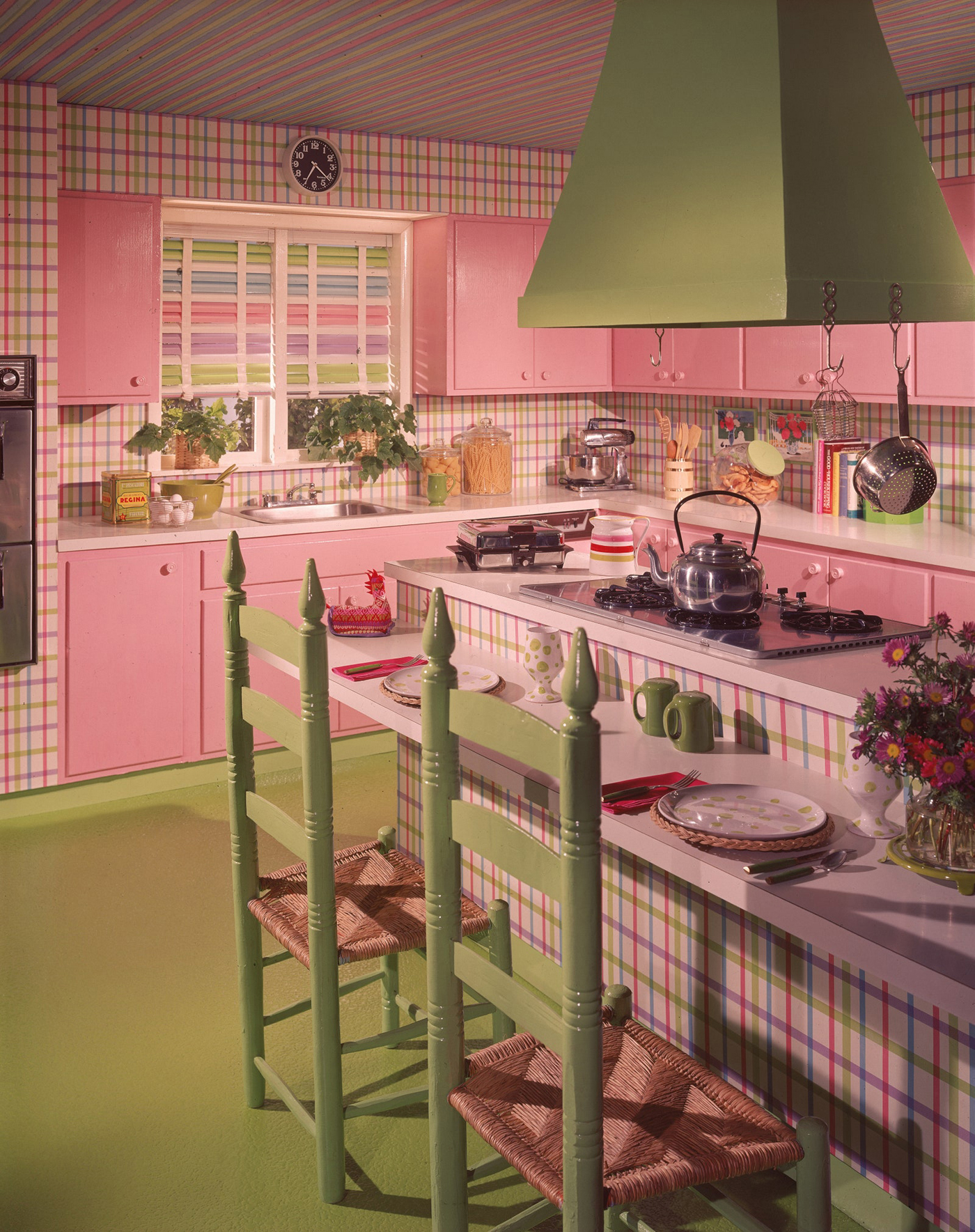
1970s: Exaggerated kitsch
In the 1970s, homeowners stopped focusing on appliances and technological innovations. Instead, the kitchen was a place to relax with friends, drinking Tab and listening to Three Dog Night on an 8-track. In culinary terms, kitschy ’70s kitchens were the embodiment of a delicious stew: warm and comforting, unpretentious.
“I think the kitchens really reflected the personality of their owners at the time, and I think we can all agree that the 1970s can be considered the most wonderfully garish decade of all,” says Elrod, the artist and design enthusiast behind Mexakitsch.
The dominant color scheme of the 1970s was certainly a muted rainbow of earthy colors, but even in their muted tones, they stood out among wood-paneled walls and matching cabinets. Lucky homeowners may find that some of these relics live on in their kitchens: brown built-in wall ovens like Hotpoint’s Coppertone collection, Frigidaire ranges in (you guessed it) avocado green, and GE refrigerators in that sunny vintage gold.
It would be nearly impossible to leave out the folkloric overtones of 1970s kitchens without adding a touch of decor and personal flair. “I love the use of hanging plants and vines in that era,” Elrod adds, “In fact, I appreciate that there were many ‘suspended’ kitchen elements then: macramé plant hangers, swag lamps and floating cabinets come to mind.” Since much of the kitchen décor was not static, homeowners could infuse personality simply by opening a window and letting the wind blow through a macramé pendant.
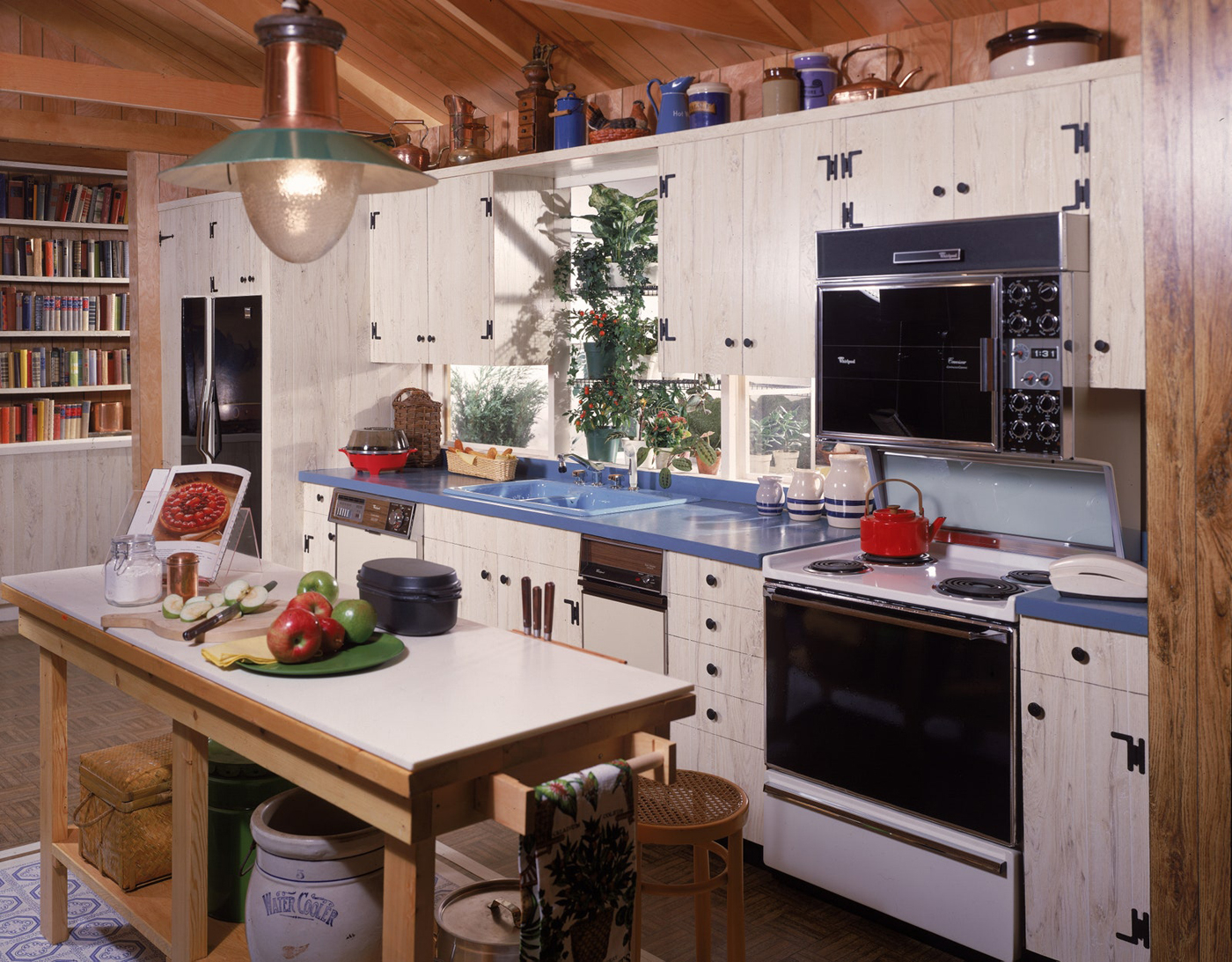
1980s-1990s: Postmodernity in the city
Postmodernism began to gain momentum in the 1980s, and the most fashionable interiors were seen in loft apartments in metropolitan cities such as Los Angeles and New York. As technology rapidly advanced, kitchens were designed to emphasize the cutting edge and new intensity of domestic gastronomy.
“So when we talk about industrial or ‘high-tech’ design, there’s a lot of chrome, shine and stainless steel involved,” says Rock Herzog, interior designer for Cocaine Decor. “I love the look of a kitchen that looks like it’s owned by a professional chef who’s taken home a bunch of stainless steel work tables and made them his home. It’s so sleek and sexy.”
The whimsy and personality of the 1970s have been pushed aside to make way for the sensual texture of reflective brushed steel, the presence and seriousness of a large French-door refrigerator with bottom-drawer freezer, and kitchen accessories that imbue the sensual lines of Italian design, such as track lighting attached to the ceiling. Chrome, black leather and high-tech appliances took center stage in the postmodern loft-style kitchens of the 1980s and ’90s. “It makes a lot of sense to think about these materials in relation to not only what would look good in this type of space, but also what was available for use,” Rock adds. The sleek mix of shiny metals with raw exposed brick kept the kitchens from looking too ornate or stuffy.
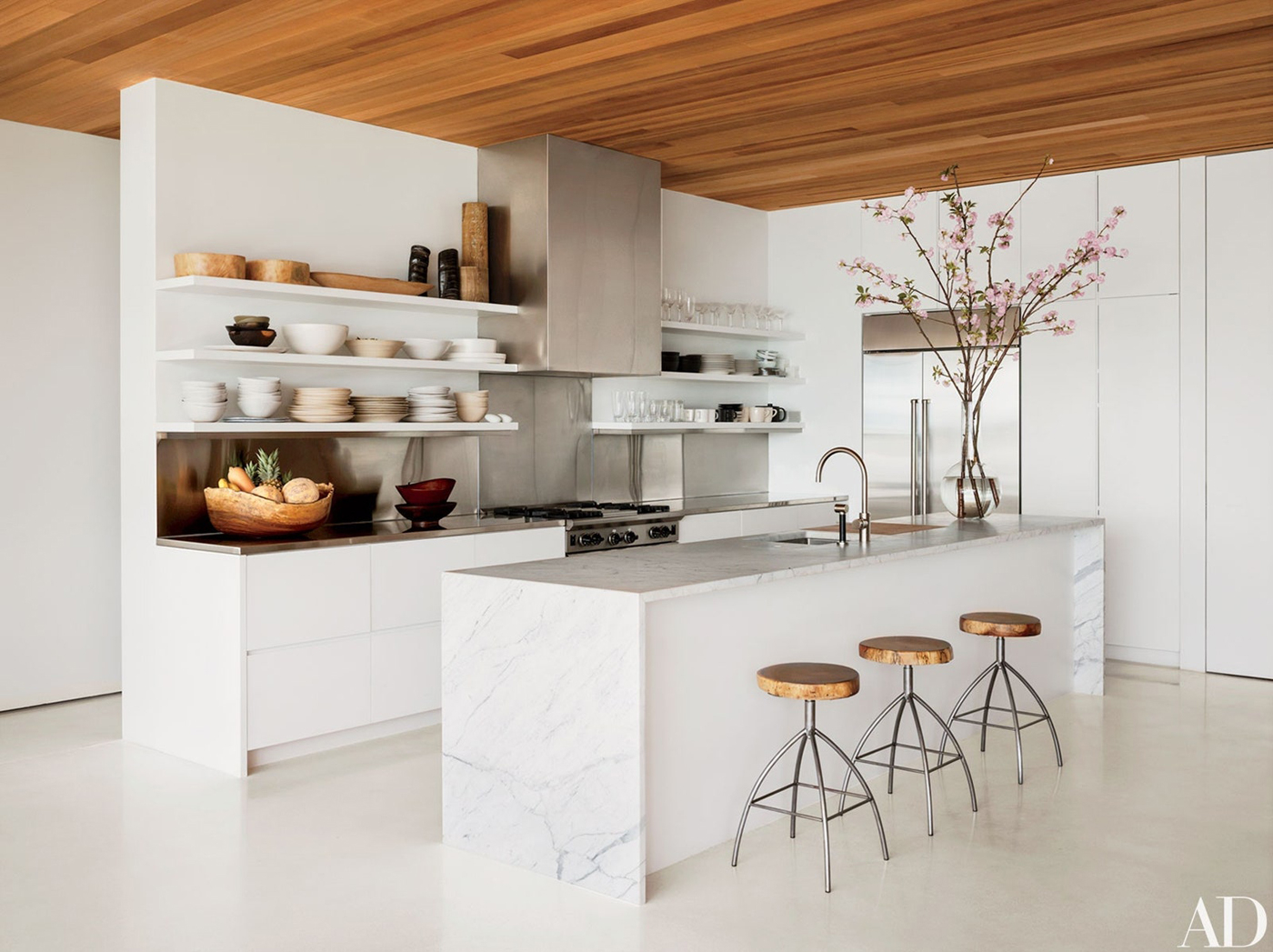
Years 2000-2010: An island of our own
In the 2000s and 2010s, kitchens expanded: as the size of plots and homes increased, they could accommodate much more. Islands, de facto gathering places with ample countertop space, allowed occupants to choose between hanging out at the kitchen table or at the granite-topped oasis. For a while it seemed that stainless steel was the only acceptable color for kitchen appliances, and while they started out looking futuristic and shiny, they always ended up with some sort of dent. But hey, at least the fridge dispensed ice and water!
Perhaps it was the influence of Under the Tuscan Sun, or simply the romanticization of Italian kitchens in terracotta tones. Whatever the cause, there was a massive shift to natural wood tones (mostly honey-colored oak), sometimes enhanced by cream or off-white laminate surfaces. Decorative bottles with olive oil, preserved peppers and lemons were displayed next to Mediterranean-inspired bulletin boards made from used wine corks.
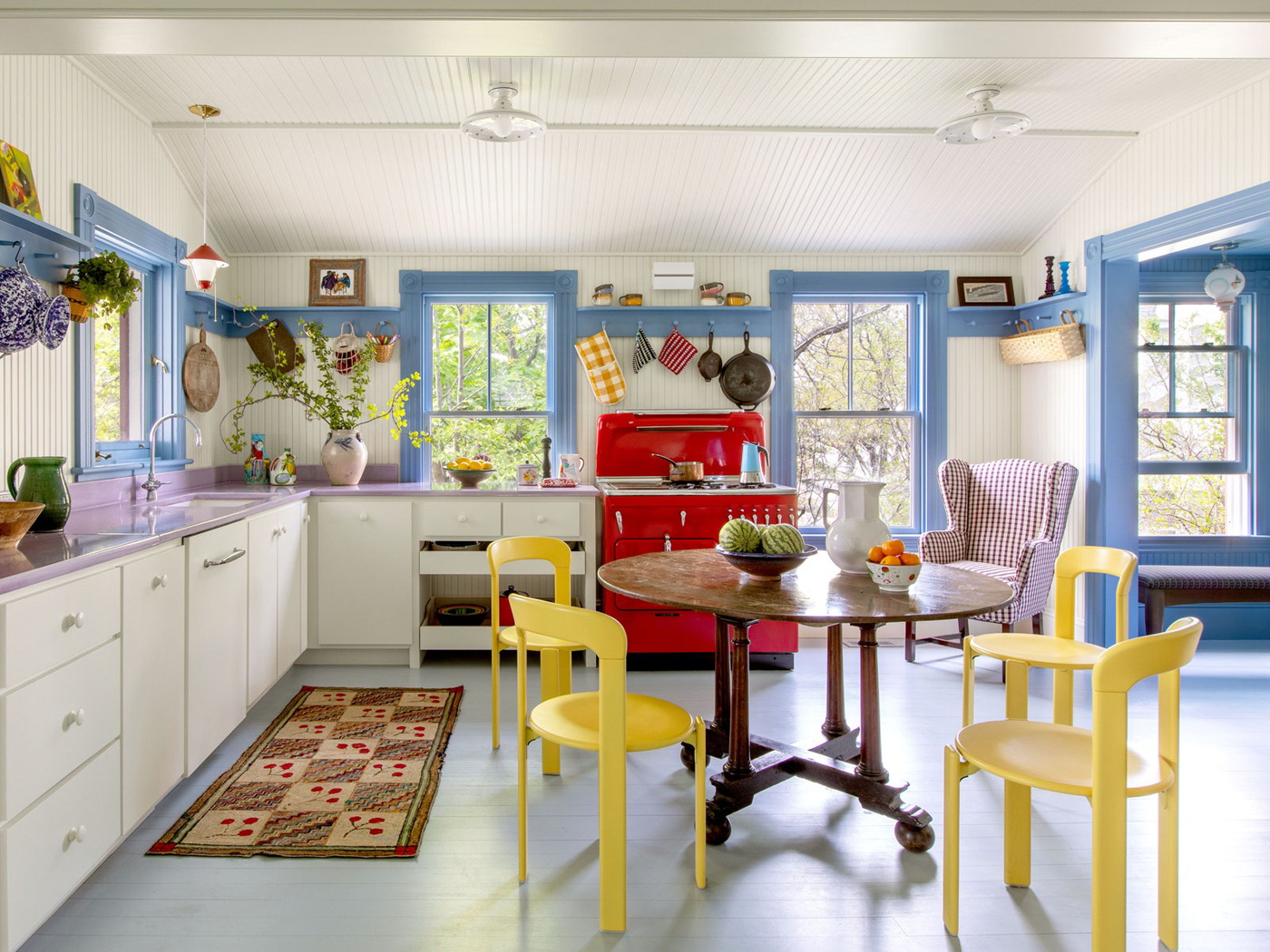
Today: Bright and airy
It’s 2023 and we haven’t given up on all the trends of the last 20 years. So there’s a lot less beige and brown and Tuscan inspiration, but you’d be hard-pressed to find a newly built kitchen without a waterfall-style island: They’re sleek, sexy, usually white marble, and often paired with a minimalist industrial pendant light. Some of today’s most popular kitchens tend more toward the modern farmhouse route, with stark contrasts of glossy white marble with matte black metal hardware.
At the other end of the trend spectrum, I’ve seen a lot of experimentation with colors like yellow and green, innovative uses of light-colored plywood or particleboard, and – finally – a return to colorful appliances. Brands like Smeg and Samsung Bespoke allow you to dispense with stainless steel and customize your kitchen in fun shades like cherry blossom pink or tangerine orange.
“The desire for color speaks to the shift from the kitchen as a workspace to a room for living, which took hold in the post-war era and partly explains the need to display kitchen appliances in a decorative way,” Sarah explains. “Now that people crave a more streamlined, understated look, the color of an appliance makes a statement and puts the kitchen in a visual dialogue with the rest of the house that doesn’t rely on having a bunch of objects and knick-knacks getting in the way.”
And to cut through anything that might seem too old-fashioned, ideas from a century ago are making a comeback in today’s kitchens. “Nooks, moments of humble intimacy,” says interior designer Hollie Velten of Spaces. “We’re big fans of banquettes, small built-ins and cozy nooks and crannies to invite human interaction and experience throughout the child and adult stages.”
Whether you prefer your kitchen bursting with color or in bright grayscale, modern kitchens celebrate sunlight, allowing large windows to bring the outdoors in and help your microgreens grow. After all, the most important thing about your kitchen is that you enjoy it.

